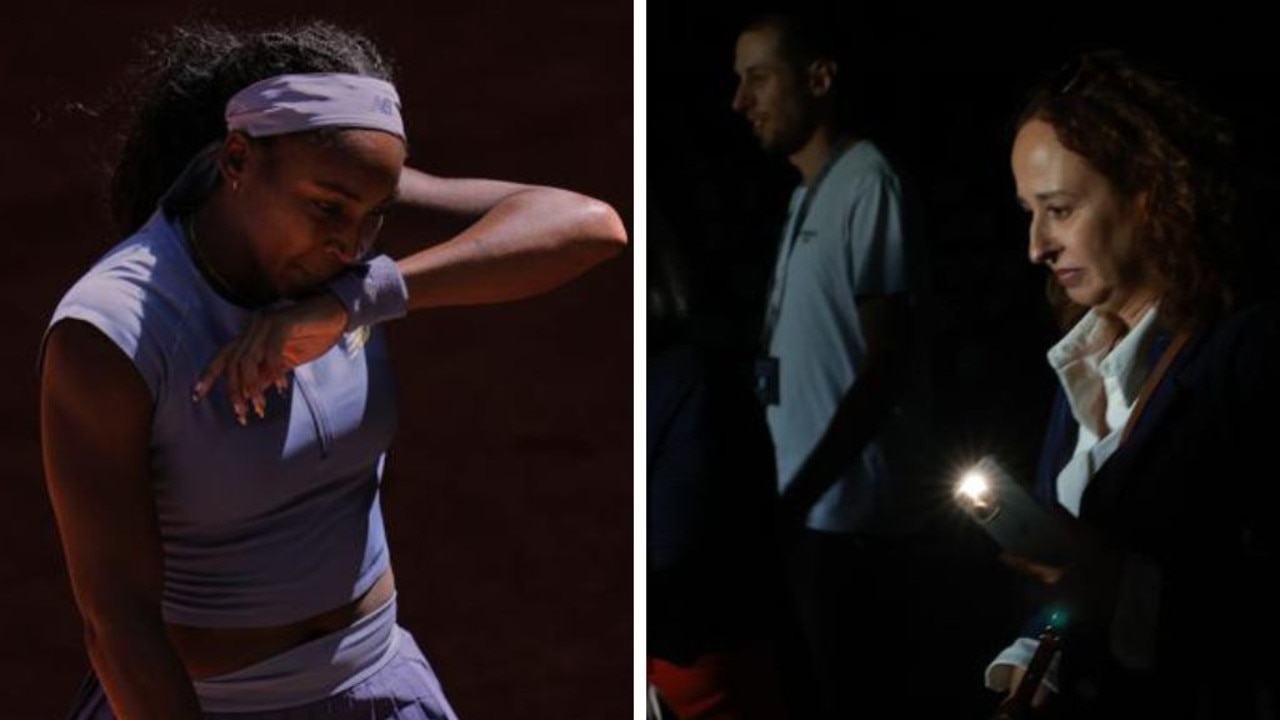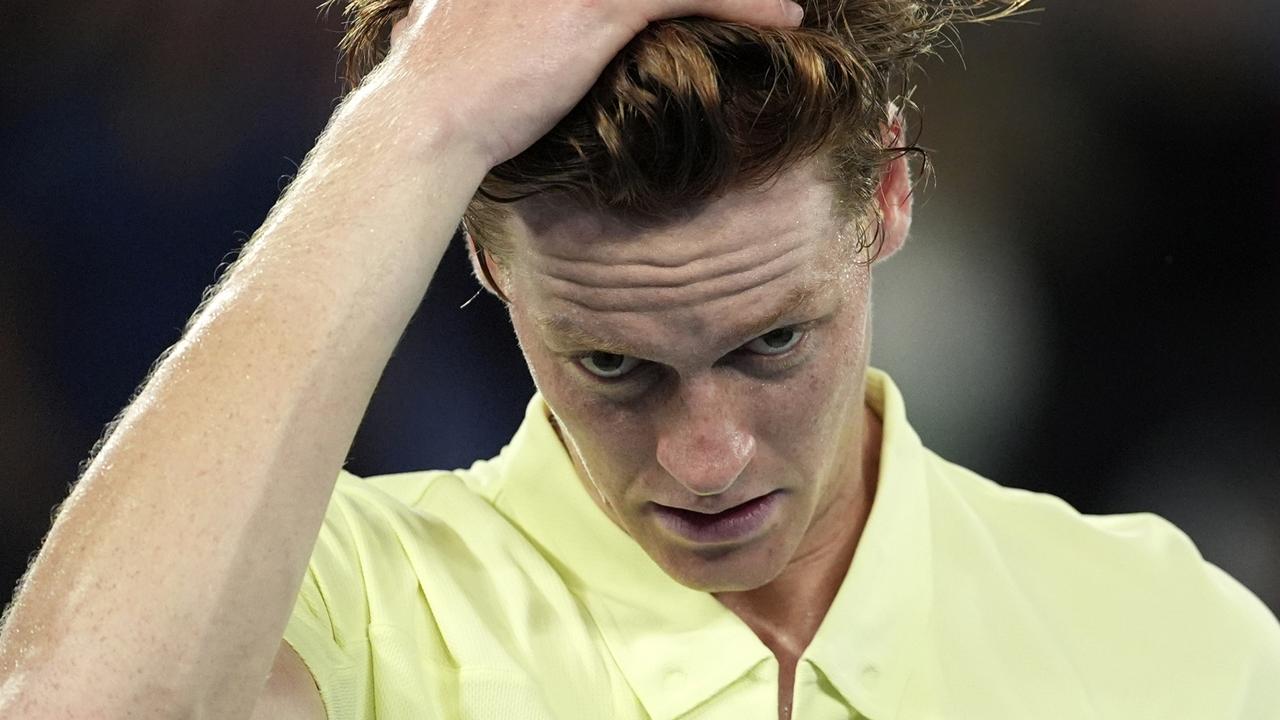‘Wish I could say I’m surprised’: Snubbed top-ranked Aussie divulges drama
With Ash Barty and Sam Stosur retired, there’s a new top-ranked Aussie woman. Yet she may not even make her home slam.
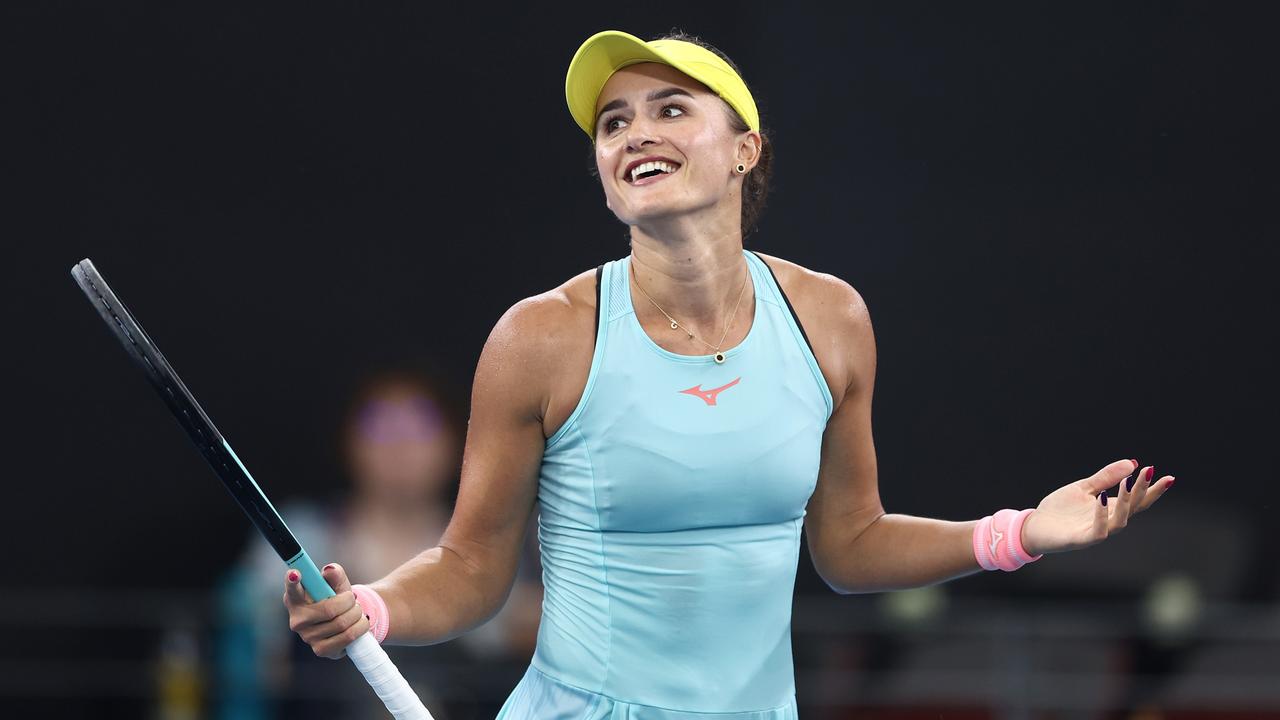
With Ash Barty and Sam Stosur enjoying retirement, and three-time Slam quarter-finalist Ajla Tomljanovic still on her way back from injury, it’s a new era for Australian women’s tennis.
While Tomljanovic took Jessica Pegula and Angie Kerber to the limit at the United Cup, showing she’s likely still the best local women’s hope at the Australian Open, nine months on the sidelines tanked her ranking after reaching a career-high of 32nd last April.
Instead the top Australian in the WTA rankings is a 34-year-old journeywoman, who’s never even been in the top 100 - but after a staggering 2023 campaign, and a win over a former Australian Open champion in Brisbane last week, is finding her best tennis at the perfect time.
That’d be Arina Rodionova, the Russian-born Victorian who now sits a career-high No.105 in the world, falling a win short in Brisbane of becoming the oldest player to debut in the WTA top 100.
YEAR-END AUSTRALIAN WTA NO.1 PLAYER
2023: Arina Rodionova (114th overall)
2022: Ajla Tomljanovic (33rd)
2021-17: Ash Barty (1st x3, 15th, 17th)
2016-06: Sam Stosur (21st, 27th, 22nd, 18th, 9th, 6th x2, 13th, 52nd, 46th, 29th)
Watch Australia v West Indies on Kayo Sports. Every Test match Live with no ad breaks during play. New to Kayo? Start Your Free Trial Today >
That disappointment aside, a brilliant 12 months - including a whopping 79 wins and seven titles at the lower ITF level, rising nearly 300 ranking spots - will have her full of confidence heading into her home slam.
If she makes it into the draw, that is.
While the Australian Open was able to hand out eight wildcards to women’s players, Rodionova missed out completely, with four lower-ranked Aussies - including former world No.20 Daria Saville - picked over her.
“I wish I could say I am surprised. But honestly,” Rodionova tweeted after Saville was handed the final wildcard.
“The satisfaction of achieving it all absolutely on your own, despite all this stuff … it is worth it.
“I will see you guys at AO qualies in (a) couple of days and I am PUMPED for this. LFG.”
I wish I could say I am surprised 😅
— Arina Rodionova (@arinarodionova) January 5, 2024
But honestly. The satisfaction of achieving it all absolutely on your own, despite all this stuff… it is worth it. I will see you guys at AO qualies in couple of days and I am PUMPED for this 😈 LFG https://t.co/H5zC48KYi6
Rodionova’s response in Brisbane, when asked about the wildcard situation before the call was made, also suggested she knew she’d be missing out.
“If it was up to me, I would give it (the wildcard) to myself but there’s other people involved,” she said after beating 2020 Australian Open champion Sofia Kenin.
“Hopefully they like the way I’m playing this week.
“I’ve done all the hard work, I put myself in the best position and there’s nothing else I could have done to get myself closer.”
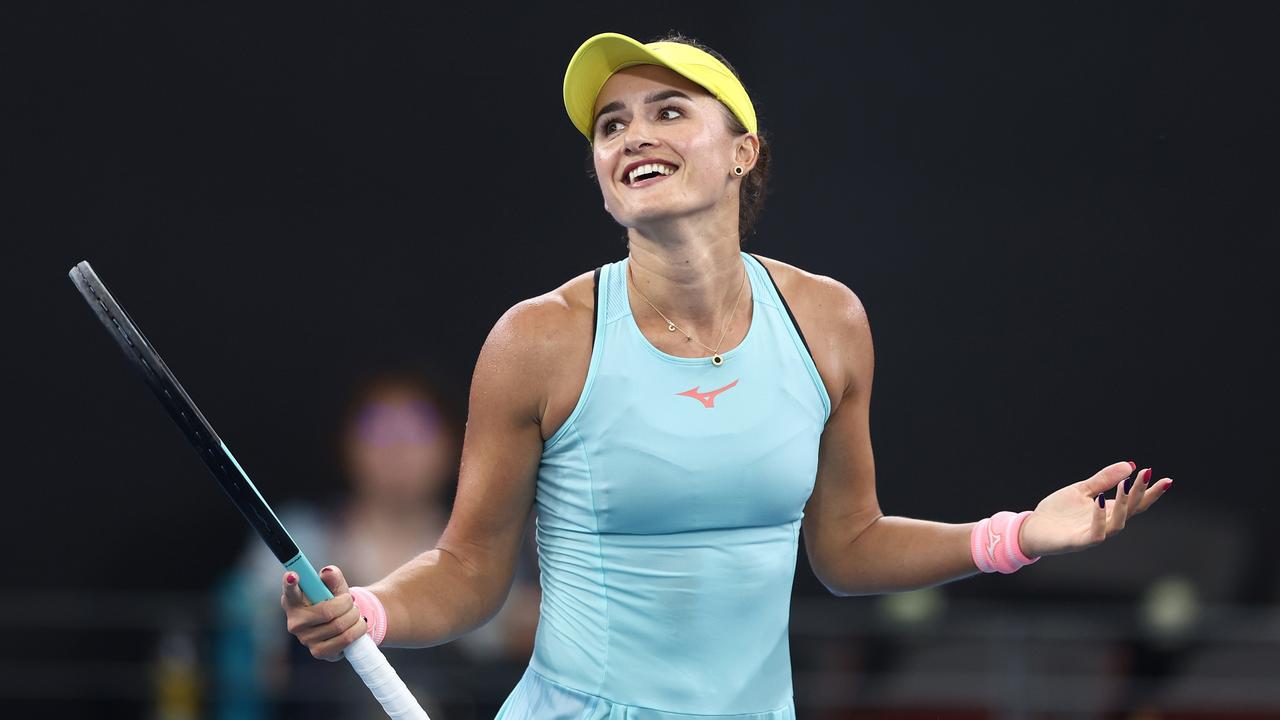
Hopefully, from a biased Australian perspective and as a reward for her effort, Rodionova can make it through Australian Open qualifying.
Her strong ranking allowed her to be seeded in the qualifying draw, though she hasn’t exactly got it easy in the first round against a woman just 33 spots below her - France’s Leolia Jeanjean - and the Aussie will then need to win twice more just to make the first round of the main draw.
To repeat: that’s three chances for the top-ranked woman in Australia to miss the Australian Open completely, and the guaranteed $120,000 that comes with a first-round appearance.
On its face, that seems somewhat unfair, though sport is rarely fair. The Aussies picked before Rodionova for wildcards are either younger with great potential (Kim Birrell, Olivia Gadecki and Taylah Preston, the former two winning in the first round last year), or have shown better form in the past (Daria Saville, with two fourth-round Melbourne Park appearances on her resume).
The real problem comes from the other four wildcards, and the way the Australian Open, US Open and French Open trade favours in a controversial fashion.
Caroline Wozniacki, the 2018 champion making a comeback from retirement, is a fair enough wildcard option.
As the slam of the Asia-Pacific, the tournament also gives a wildcard to a promising young player from the region - this time, 24-year-old Japanese Mai Hontama. This has merit, though Hontama is yet to show she’s about to break into the top 100 any time soon.
And then comes the part which long-time American journalist Jon Wertheim has called an “icky, cartel-like swap” - the deal between Australia, France and the US to hand a local player one spot at the other two nations’ slam.
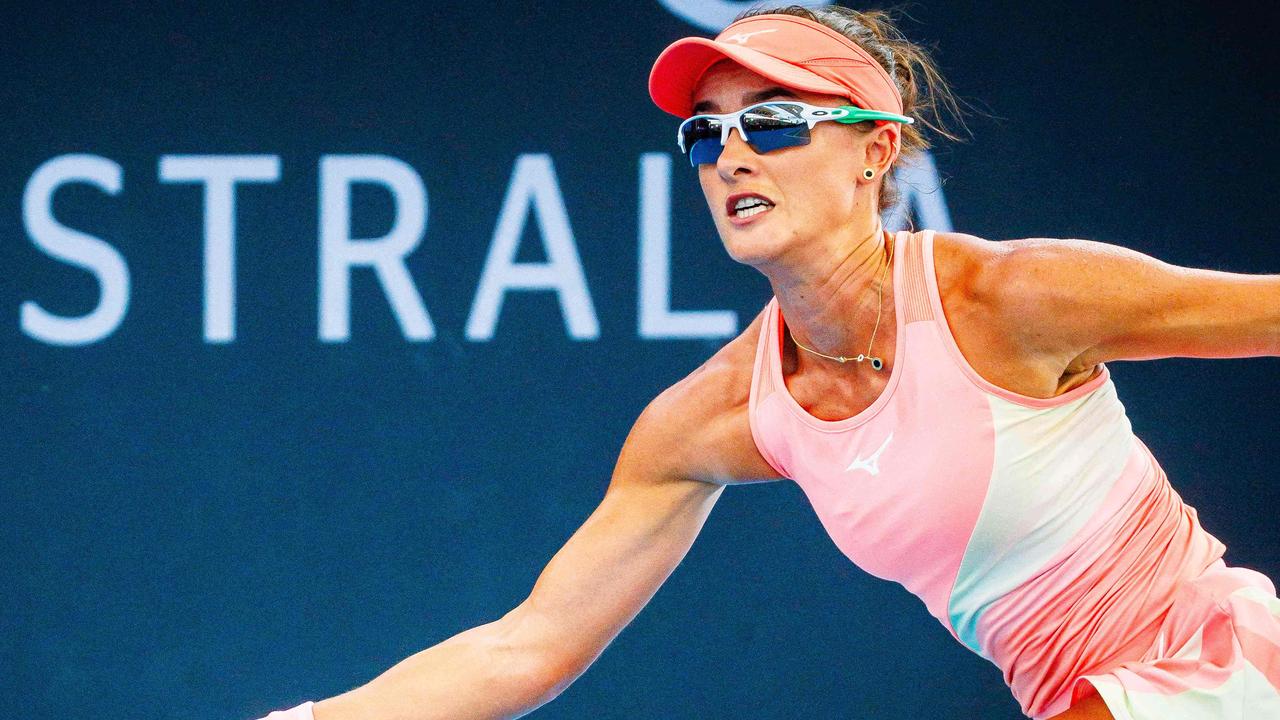
That’s how French veteran Alize Cornet, who holds the record with 67 consecutive grand slam appearances (so clearly she knows how to make the main draw), and American McCartney Kessler, who is ranked 217th in the world and had never even played a WTA main draw match before last month, got a guernsey.
Kessler is likely to be a severe underdog in her first-round match, begging the question of the wildcard’s merit, while Cornet would’ve been one of the highest-ranked players in qualifying anyway. So the question is pretty simple - why do these wildcards exist? Would the tournament not be better off with the top-ranked local player automatically in it?
“Reciprocal wildcards help none of the Slams and the cabal of traders should realize that by now,” former New York Times tennis writer Ben Rothenberg tweeted this week.
“Home wild cards are hugely more valuable than road wild cards.”
Anyhow reciprocal wildcards help none of the Slams and the cabal of traders should realize that by now. Home wild cards are hugely more valuable than road wild cards.
— Ben Rothenberg (@BenRothenberg) January 5, 2024
Those who back the wildcards will point to tournaments like 2023’s US Open, where Aussie Rinky Hijikata took advantage of his spot in the main draw and an upset of No.5 seed Casper Ruud elsewhere in his section to advance all the way to the fourth round.
But one great run does not mean the system works, nor that it’s fair.
Hopefully Rodionova makes it through qualifying, because the women’s side of the draw certainly needs some Aussie star-power. She’s not going to make the second week or anything, but certainly deserves a shot at a first-round match-up, which depending on the draw she could clearly win.
And, let’s be real here. What’s the point of a home slam being able to hand out wildcards if they’re not going to give one to the woman who has earned the position of No.1 in the nation - and is juuuuuust outside the main draw cut-off?
But as it stands, it’s just the four wildcards representing Australia on the women’s side - two winning their first-round match would be a great result, just one or none being more likely - plus Tomljanovic, who is using a protected ranking to enter the main draw and has hopefully played through her court rust.
Only two Aussie women made the second round last year at Melbourne Park (Birrell and Gadecki) - the fewest since 2016, when Stosur lost in the first round, Barty was playing in the WBBL, and only Saville won a match (and got into the last 16).
Let’s hope that low isn’t challenged again.
Originally published as ‘Wish I could say I’m surprised’: Snubbed top-ranked Aussie divulges drama

